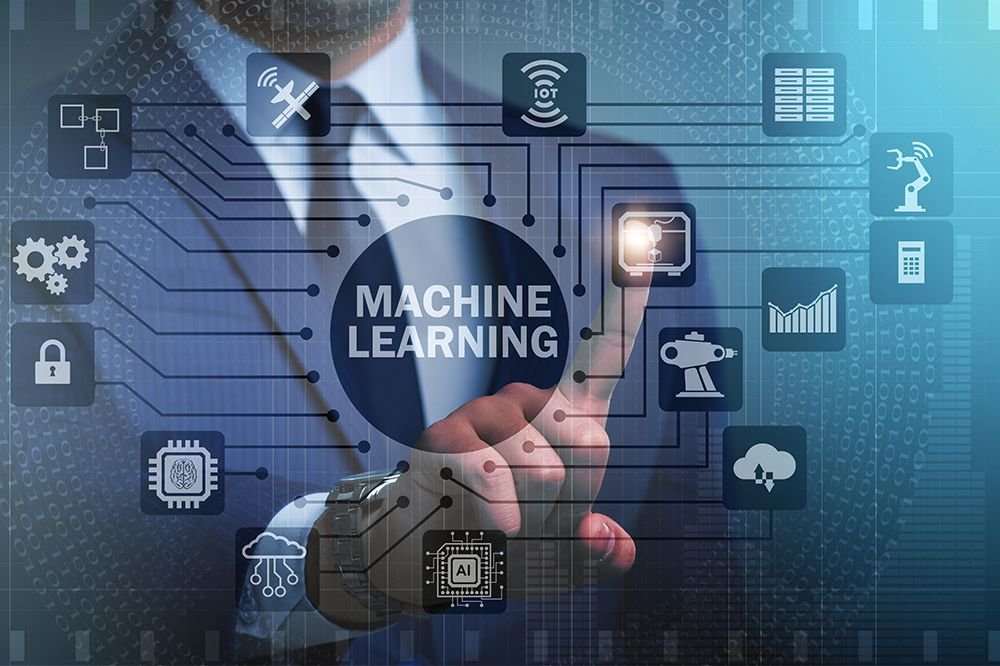
Machine Learning: A Step-by-Step Guide
Welcome to the cutting-edge world of Machine Learning! Imagine a future where computers can learn and improve from experience without being explicitly programmed. This revolutionary technology is reshaping industries, driving innovation, and transforming the way we live and work. In this comprehensive guide, we will delve into the fundamentals of Machine Learning, explore its diverse applications, and uncover how it is revolutionizing various sectors. So grab your virtual seatbelt as we embark on an exciting journey through the realm of Machine Learning!
Understanding the Basics: Algorithms and Data Sets
When delving into the world of machine learning, understanding algorithms, and data sets is fundamental. Algorithms are like recipes that guide the computer on how to learn from data and make predictions. There are various types of algorithms such as decision trees, neural networks, and support vector machines.
On the other hand, data sets are collections of data points used to train machine learning models. These can be structured or unstructured, depending on the type of information being analyzed. Quality data sets play a crucial role in the accuracy and performance of a machine learning model.
Choosing the right algorithm for a specific task and ensuring high-quality data sets are key components in developing successful machine learning projects. It’s essential to continuously refine these elements throughout the project lifecycle to achieve optimal results.
Types of Machine Learning
When delving into the world of Machine Learning, it’s crucial to understand the different types that exist.
Supervised Learning involves training a model on labeled data to make predictions based on patterns it recognizes. This type is commonly used in tasks like regression and classification.
On the other hand, Unsupervised Learning works with unlabeled data to find hidden patterns or intrinsic structures within the dataset without specific guidance. Clustering and association are common applications of this approach.
Furthermore, Reinforcement Learning focuses on an agent learning how to behave in an environment by performing actions and receiving rewards or penalties based on its decisions. This type is often seen in gaming strategies and autonomous driving systems.
Semi-supervised learning falls between supervised and unsupervised techniques by using a small amount of labeled data along with a large amount of unlabeled data for training models efficiently.
Steps for Implementing a Machine Learning Project
Embarking on a machine learning project can be both exciting and daunting. Here are the essential steps to guide you through the implementation process:
1. Define the Problem: Clearly outline the problem you want to solve with machine learning.
2. Collect Data: Gather relevant data sets that will be crucial for training your model.
3. Preprocess Data: Clean and prepare your data by handling missing values, outliers, and scaling features.
4. Choose an Algorithm: Select a suitable algorithm based on the nature of your problem (classification, regression, clustering).
5. Train the Model: Use your data to train the algorithm and fine-tune it for optimal performance.
6. Evaluate Performance: Assess how well your model is performing using metrics like accuracy, precision, and recall.
7. Deploy the Model: Integrate your trained model into production systems for real-world application.
By following these steps diligently, you’ll be well on your way to successfully implementing a machine-learning project that delivers valuable insights and solutions!
Common Challenges in Machine Learning
Entering the realm of machine learning comes with its fair share of challenges. One common hurdle is acquiring high-quality data to train models effectively. The quality and quantity of data play a crucial role in the success of a machine learning project; clean, relevant data can be hard to come by.
Another challenge often faced is selecting the right algorithm for a specific task. With numerous algorithms available, choosing the most suitable one requires careful consideration based on the problem at hand and desired outcomes.
Overfitting and underfitting are prevalent issues in machine learning. Striking the right balance between model complexity and generalization is key to avoiding these pitfalls that can hinder performance.
Interpreting and explaining complex models to stakeholders who may not have a technical background can also pose difficulties. Communicating results effectively is essential for gaining buy-in and understanding from decision-makers.
Moreover, staying updated with rapidly evolving technologies in this field presents an ongoing challenge for professionals looking to harness the full potential of machine learning advancements.
Real-World Applications of Machine Learning
Machine learning is not just a buzzword; it’s revolutionizing industries across the globe. One area where machine learning shines is in healthcare. By analyzing vast amounts of medical data, ML algorithms can assist in diagnosing diseases, predicting patient outcomes, and even personalizing treatment plans.
In the realm of finance, machine learning plays a crucial role in fraud detection. Banks and financial institutions use ML to identify suspicious patterns and prevent fraudulent activities before they cause significant damage.
Retailers leverage machine learning to enhance customer experience through personalized recommendations. Whether it’s suggesting products based on past purchases or forecasting demand to optimize inventory management, ML algorithms are reshaping the way businesses interact with consumers.
Transportation is another sector benefiting from machine learning technologies. From optimizing traffic flow to enabling autonomous vehicles, ML is driving innovations that promise safer and more efficient transportation systems for the future.
Future of Machine Learning and Its Impact on Industries
As we look ahead to the future, the impact of machine learning on industries is set to revolutionize various sectors. With advancements in technology and data analytics, businesses are leveraging machine learning algorithms to enhance decision-making processes and drive innovation. Industries such as healthcare, finance, retail, and manufacturing are already benefiting from predictive analytics and automation powered by machine learning.
The integration of machine learning into daily operations is streamlining processes, reducing costs, and improving overall efficiency. This trend is expected to continue as organizations recognize the value of harnessing big data for actionable insights. As more companies embrace artificial intelligence solutions, competition will intensify, driving further innovations in the field.
Moreover, with the rise of Internet of Things (IoT) devices generating vast amounts of data, machine learning will play a crucial role in extracting valuable information for businesses. From personalized recommendations to predictive maintenance strategies, the possibilities for applying machine learning across industries are endless. Embracing this technological shift will be key to staying competitive in a rapidly evolving business landscape.
Conclusion
Machine Learning is revolutionizing industries across the globe by enabling organizations to make data-driven decisions and automate processes. As technology continues to advance, the possibilities for applying Machine Learning seem limitless. By understanding the basics, types, steps, challenges, and real-world applications of Machine Learning, businesses can harness its power to drive innovation and stay competitive in an increasingly digital world. Embracing this transformative technology is not just an option but a necessity for those looking to thrive in the future.



